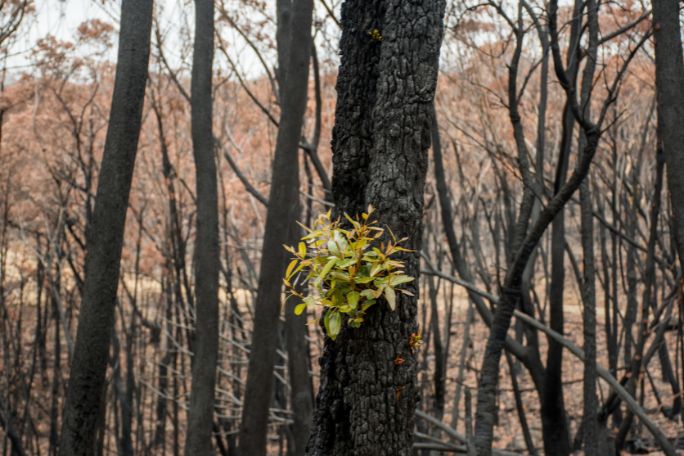Lesson summary
Students will investigate how a natural hazard impacts the land, flora and fauna and discover various organisations that protect Australian species and wildlife that were affected by the floods and fires.
Learning intentions:
Students will...
- investigate how a natural hazard can impact the land and Australian species
- discover ways that organisations respond and care for animals after a hazard.
Success criteria:
Students can...
- seek ways that their school can respond to natural hazards and become involved in conservation
- create a 'call to action' awareness campaign to explain the effects of hazards on living things and how we can restore biodiversity.
Lesson guides and printables
Curriculum links
Select your curriculum from the options below.
Lesson details
Curriculum mapping
Australian Curriculum content descriptions:
Year 7 Geography:
- Causes, impacts and responses to an atmospheric or hydrological hazard (ACHGK042).
Year 8 Geography:
- Causes, impacts and responses to a geomorphological hazard (ACHGK053).
Syllabus outcomes: GE4-2.
General capabilities: Literacy, Ethical Understanding.
Cross-curriculum priority: Sustainability.
Relevant parts of Year 7 Geography achievement standards:
Students investigate how people value the environment in different ways and that the environment has its specific hazards. Water is investigated using studies drawn from Australia.
A framework for developing students’ geographical knowledge, understanding and skills is provided through the inclusion of inquiry questions and specific inquiry skills, including the use and interpretation of maps, photographs and other representations of geographical data.
Relevant parts of Year 8 Geography achievement standards:
Students investigate how people value the environment in different ways and that the environment has its specific hazards. Water is investigated using studies drawn from Australia. A framework for developing students’ geographical knowledge, understanding and skills is provided through the inclusion of inquiry questions and specific inquiry skills, including the use and interpretation of maps, photographs and other representations of geographical data.
Level of teacher scaffolding: Medium – facilitate small group work and class discussion.
Resources required
- Student Worksheets – one copy per student
Skills
This lesson is designed to build students’ competencies in the following skills:
- Communication
- Creativity
- Critical thinking
- Cultural understanding
- Empathy
- Ethical understanding
- Problem solving
Additional info
We encourage you to undertake the free PD Course How to teach a unit on fire and flood resilience for tips on how to best deliver this lesson.
If you’re concerned about the challenging nature of these topics, consider the free PD Course How to approach trauma in the classroom for information on how best to support your students.


Welcome back!
Don't have an account yet?
Log in with:
Create your free Cool.org account.
Many of our resources are free, with an option to upgrade to Cool+ for premium content.
Already have an account?
Sign up with:
By signing up you accept Cool.org's Terms and Conditions(Opens in new tab) and Privacy Policy(Opens in new tab).